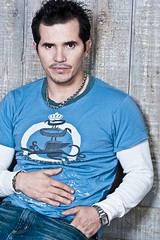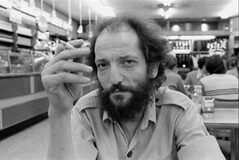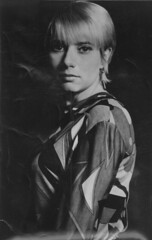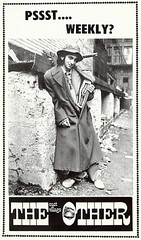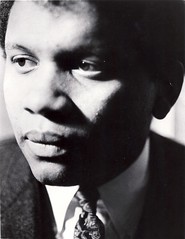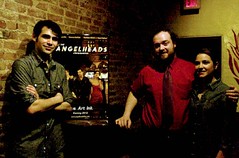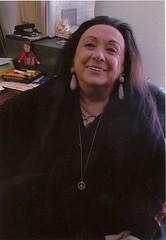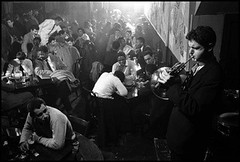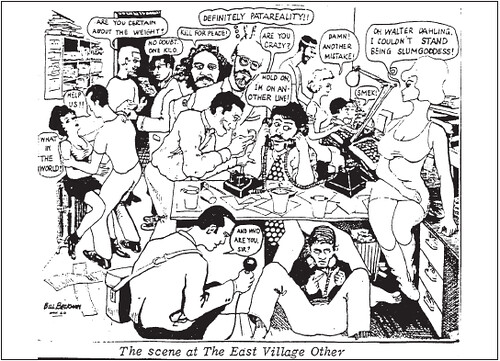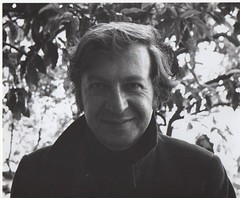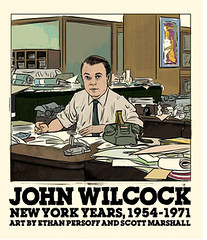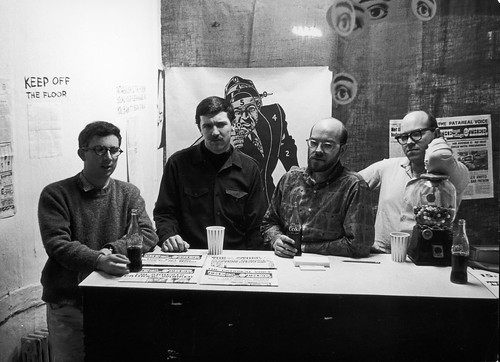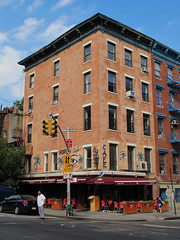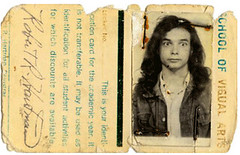When Hospital Productions closed its record store on East Third Street in December, the East Village’s avant-garde, noise, and experimental music scene continued to shrink (remember the days when Downtown Music Gallery was located on the Bowery? or when the Knitting Factory was on Houston Street?). As it turns out, Hospital’s founder, Dominick Fernow, is headed west, but he’s making a slight return this month, as curator of a two-week series of performances at The Stone on Avenue C.
Mr. Fernow, who will continue to run Hospital Records as a music label specializing in progressive noise, ambient, and metal music, told The Local that he closed his five-year-old record shop because he and Wesley Eisold, his bandmate in Cold Cave, were moving to Hollywood. Becka Diamond, an “it” girl who DJs at Cold Cave shows, also headed west. Despite regular gigs spinning outré music at venues like The Standard’s rooftop club, she left town – for no real reason, she said, save boredom with New York.
“It’s the same scene,” she said. “We just live out here now.”




